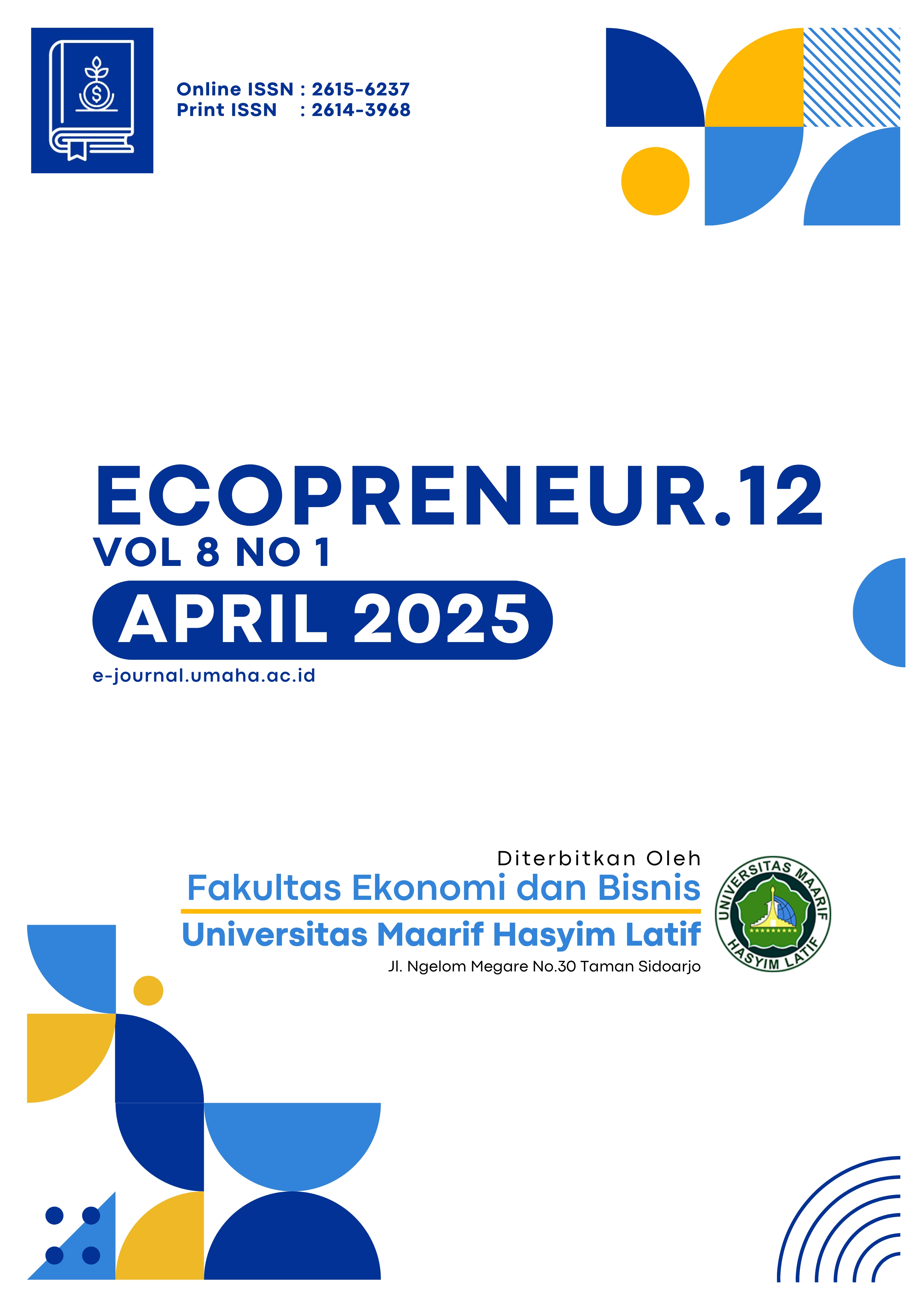THE INFLUENCE OF WORK MOTIVATION, WORK DISCIPLINE, AND WORK LOYALTY ON PT EMPLOYEE PERFORMANCE PT. AGGIOMULTIMEX INTERNATIONAL GROUP IN SIDOARJO
DOI:
https://doi.org/10.51804/econ12.v8i1.14-25Abstract
The ability of a company to achieve success lies not only in its human resources, but also in how well its people behave and the performance of employees to achieve goals quickly and effectively. This research aims to determine the influence of work motivation and discipline work, and work loyalty on the performance of PT employees. Aggio multimex International Group in Sidoarjo. The research method used in The research is a quantitative method with linear regression analysis techniques, tests classical assumptions, reliability test, validity test, T test, F test, R determinant coefficient test by using the SPSS Version 26 test tool to manage the data.
The population in this study were employees of PT. Aggiomultimex International Group sewing department totaling 85 employees. The sampling technique in this study used saturated samples, so that a sample of 85 employees was obtained.
The results of the study indicate that work motivation partially has a positive effect on performance (t-count value 2.095 > t-table 1.999), work discipline partially has a positive effect on performance (t-count 2.242 > t-table 1.999), work loyalty partially has a positive and significant effect on performance (t-count 5.043 > t-table 1.999) and simultaneously the variables of work motivation, work discipline, and work loyalty have a positive and significant effect on employee performance (f-count 43.859 > f-table 2.717).
Downloads
Published
Issue
Section
License

This work is licensed under a Creative Commons Attribution 4.0 International License.
With the receipt of the article by Ecopreneur.12 Editorial Board and the decision to be published, the copyright regarding the article will be transferred to Ecopreneur.12 Journal.
Ecopreneur.12 has the right to multiply and distribute the article and every author is not allowed to publish the same article that was published in this journal.

This work is licensed under a Creative Commons Attribution-NonCommercial-ShareAlike 4.0 International License.
Under the following terms:
Attribution — You must give appropriate credit, provide a link to the license, and indicate if changes were made. You may do so in any reasonable manner, but not in any way that suggests the licensor endorses you or your use.
NonCommercial — You may not use the material for commercial purposes.
ShareAlike — If you remix, transform, or build upon the material, you must distribute your contributions under the same license as the original.


